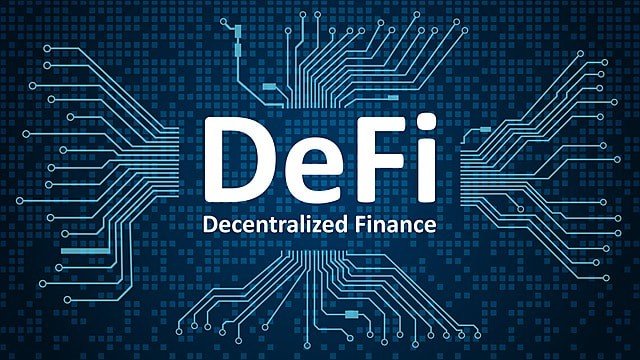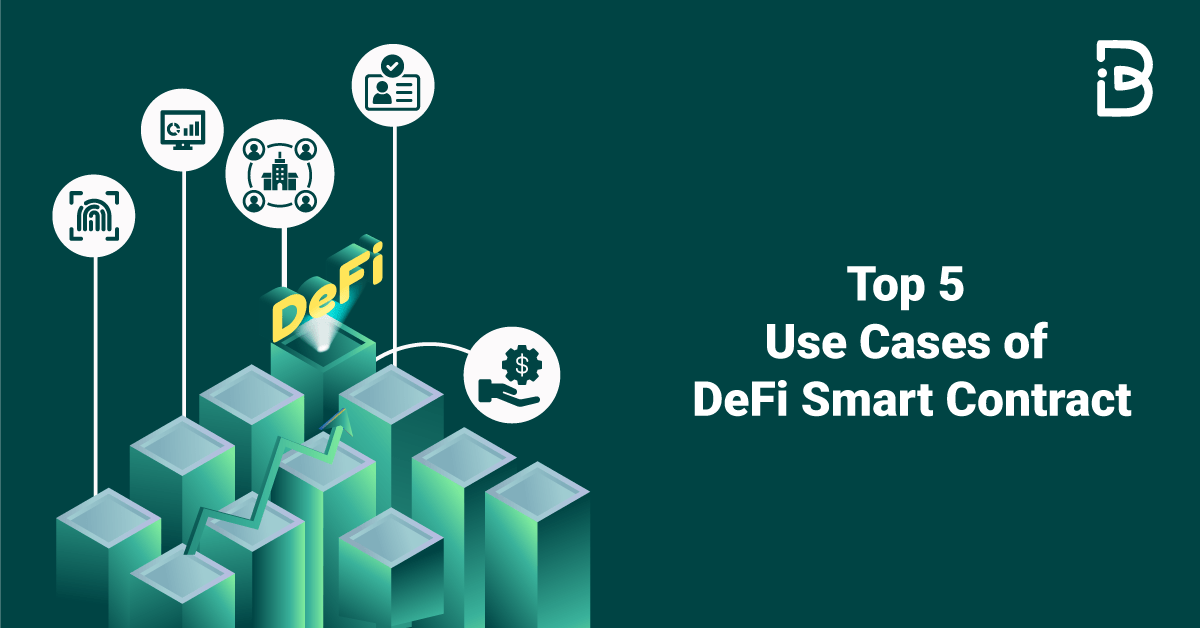The Rise of Decentralized Finance (DeFi): Transforming Global Finance
Decentralized Finance, or DeFi, has emerged as a revolutionary force within the cryptocurrency ecosystem. By leveraging blockchain technology, DeFi aims to decentralize traditional financial systems, eliminating intermediaries and granting individuals direct control over their financial activities. This article explores the meteoric rise of DeFi, its key components, and the profound impact it is having on global finance.
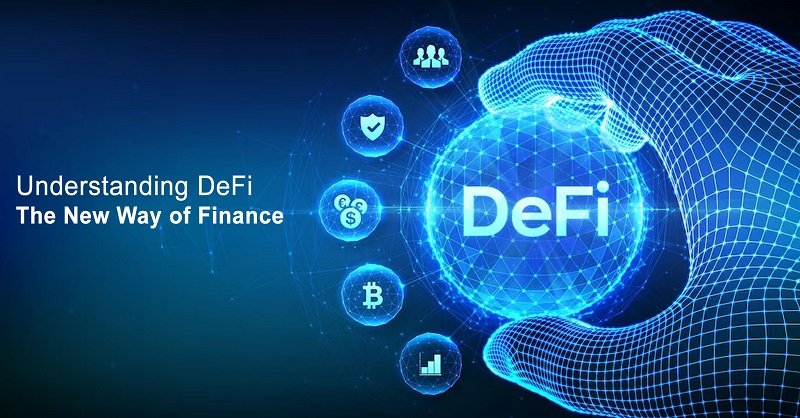
Understanding DeFi: A New Financial Paradigm
At its core, DeFi refers to a suite of financial services—such as lending, borrowing, trading, and investing—executed on blockchain platforms. Unlike traditional finance (TradFi), DeFi operates without banks or central authorities. Instead, it relies on smart contracts, which are self-executing agreements coded on blockchain networks, predominantly Ethereum.
Smart Contracts and Trustless Systems
Smart contracts underpin DeFi by automating processes that traditionally require trust in centralized institutions. These contracts ensure transparency and immutability, allowing users to engage in financial transactions with confidence that terms will be executed as coded.
For example, a user looking to earn interest on their digital assets can deposit them into a DeFi protocol like Aave or Compound. The protocol automatically matches borrowers with lenders and enforces loan terms without human intervention KuCoin.Toxigon.

Key Innovations Driving DeFi’s Growth
- Decentralized Exchanges (DEXs)
Decentralized exchanges such as Uniswap and SushiSwap enable users to trade cryptocurrencies directly from their wallets. Unlike centralized exchanges (CEXs), DEXs operate without a central order book, relying on automated market makers (AMMs) to provide liquidity. This innovation eliminates the need for intermediaries and enhances security, as users retain control over their funds. - Yield Farming and Liquidity Mining
Yield farming allows users to earn rewards by providing liquidity to DeFi protocols. In liquidity mining, participants receive tokens for staking their assets in liquidity pools. These strategies offer high returns but come with risks, including impermanent loss and smart contract vulnerabilities Toxigon. - Stablecoins and Synthetic Assets
Stablecoins, such as USDT and DAI, are crucial in DeFi as they mitigate volatility, enabling users to transact in a more stable medium. Additionally, synthetic assets mirror the value of real-world assets, like stocks or commodities, expanding DeFi’s utility beyond cryptocurrencies KuCoin. - Liquid Staking Derivatives (LSDs)
Liquid staking derivatives are transforming staking by allowing users to earn staking rewards while maintaining liquidity. Platforms like Lido Finance have pioneered LSDs, enabling users to stake assets and receive derivative tokens representing their staked assets, which can be used in other DeFi activities Toxigon.
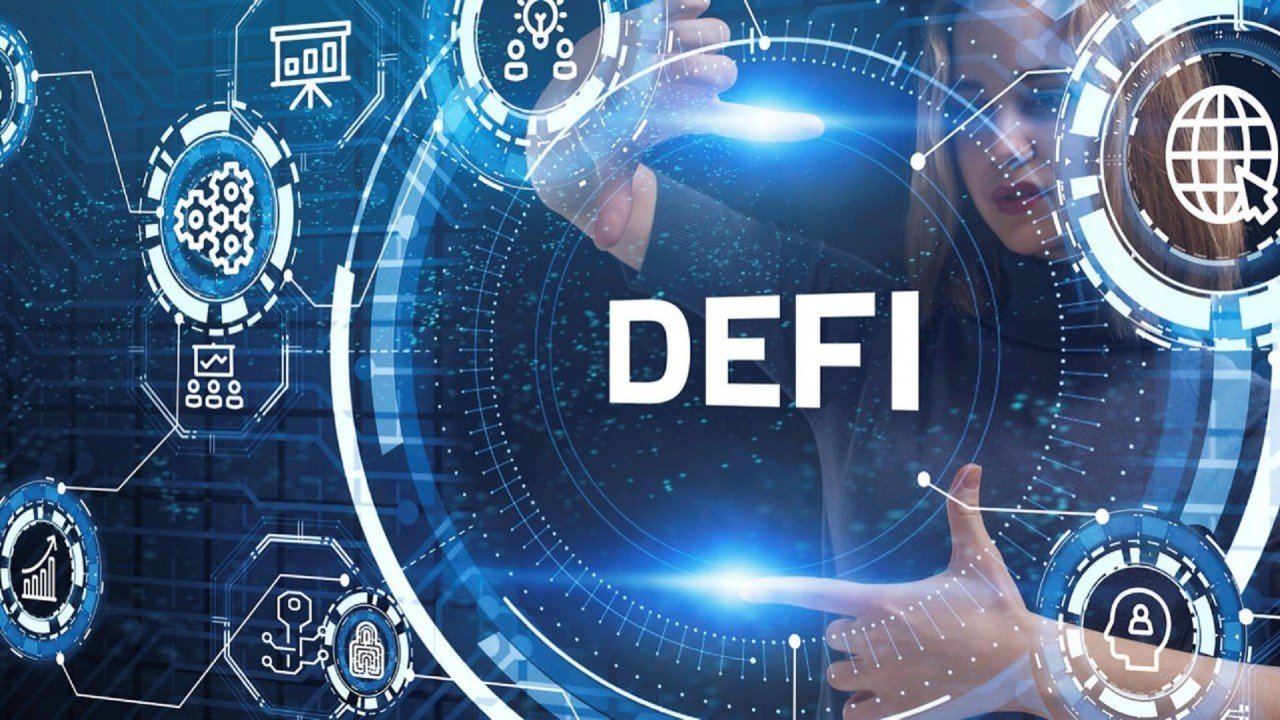
DeFi’s Impact on Global Finance
- Financial Inclusion
DeFi offers banking services to the unbanked and underbanked populations, especially in regions with limited access to traditional financial institutions. All one needs is an internet connection and a digital wallet to access a global financial network. - Democratization of Finance
By removing barriers and gatekeepers, DeFi empowers individuals to manage their finances independently. Governance tokens issued by DeFi platforms give users voting rights, enabling them to influence the protocol’s development and policies. - Transparency and Security
DeFi protocols operate on public blockchains, ensuring transparency in all transactions. This transparency builds trust and provides users with full visibility into the workings of financial systems, unlike opaque operations in traditional banks.
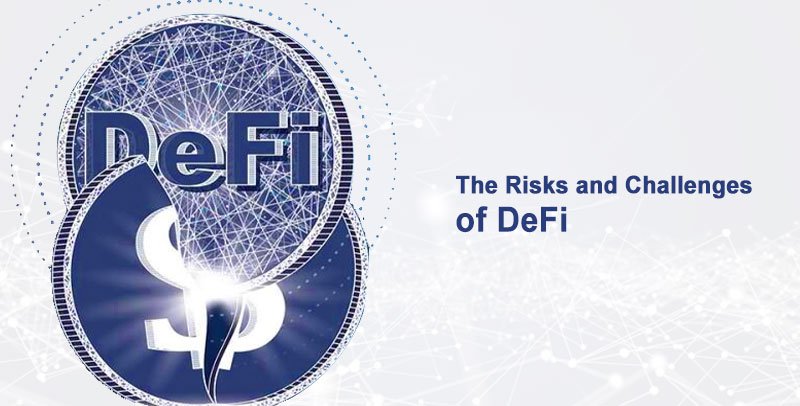
Challenges and Risks
Despite its benefits, DeFi is not without challenges:
- Regulatory Uncertainty
Governments worldwide are grappling with how to regulate DeFi. While some see regulation as a means to provide legitimacy and protect consumers, others fear it could stifle innovation. Clear regulatory frameworks are necessary to balance these concernsBlockchain Magazine. - Smart Contract Vulnerabilities
DeFi protocols are only as secure as their underlying smart contracts. Exploits and bugs have led to significant financial losses in the past, highlighting the need for robust security practices and audits. - Scalability Issues
The high demand for DeFi services often leads to congestion on blockchain networks like Ethereum, resulting in high transaction fees. Layer 2 solutions and alternative blockchains are being developed to address these scalability issues Blockchain Magazine. Toxigon.

The Future of DeFi
The DeFi ecosystem continues to evolve rapidly, driven by innovation and adoption. Upcoming trends include:
- Interoperability: Cross-chain solutions and decentralized bridges aim to connect disparate blockchain ecosystems, enhancing the overall functionality and accessibility of DeFi.
- Institutional Adoption: As DeFi matures, institutional players are entering the space, seeking new revenue streams and efficiencies.
- Integration with Traditional Finance: Hybrid models combining DeFi’s transparency with TradFi’s stability could redefine the financial landscape.
Conclusion
DeFi represents a seismic shift in the financial industry, offering a decentralized alternative to traditional systems. While challenges remain, its potential to democratize finance, foster innovation, and promote inclusion makes it a compelling force for the future of global finance. As technology advances and regulatory clarity improves, DeFi’s influence is poised to grow, reshaping the world of finance as we know it.

